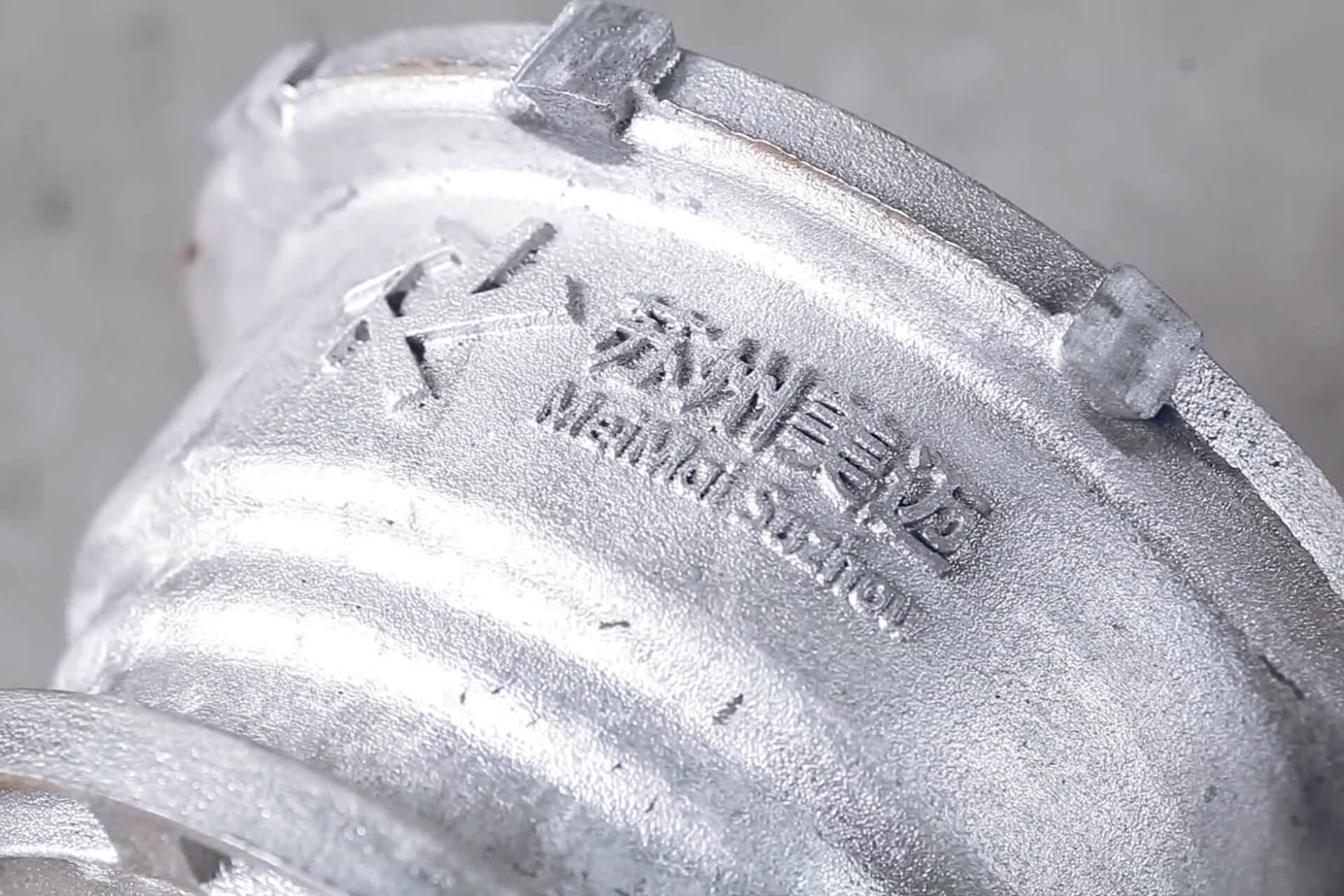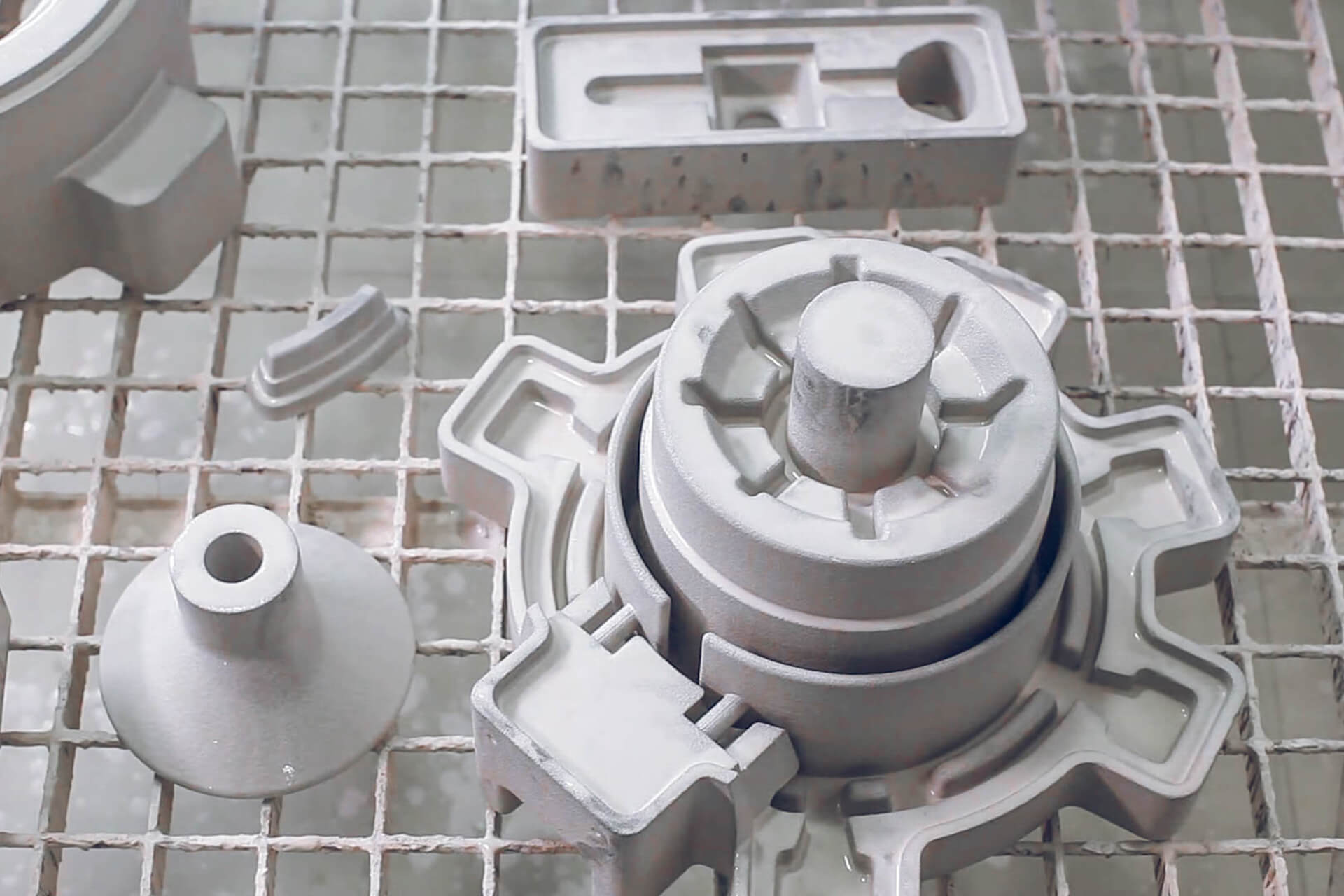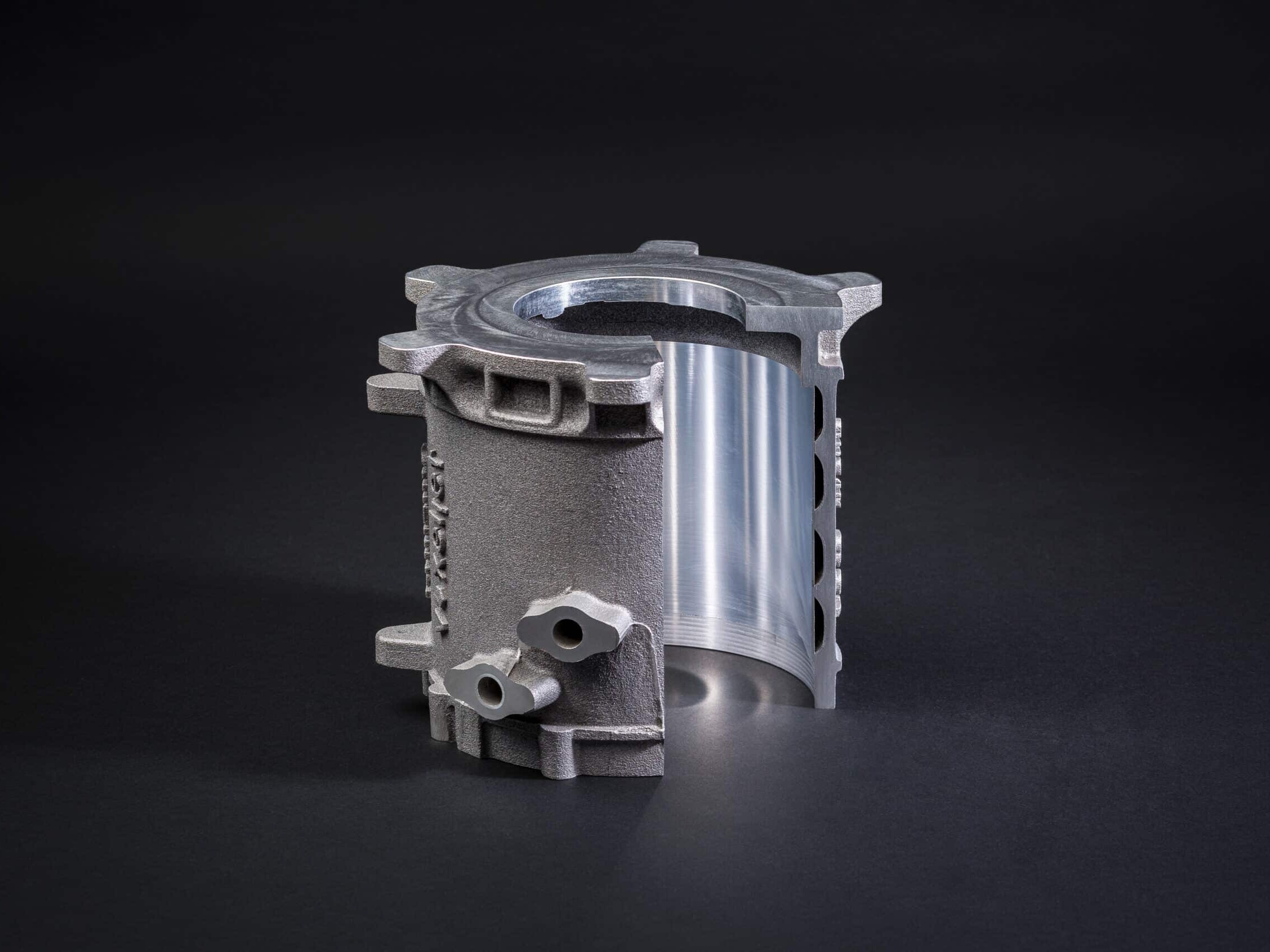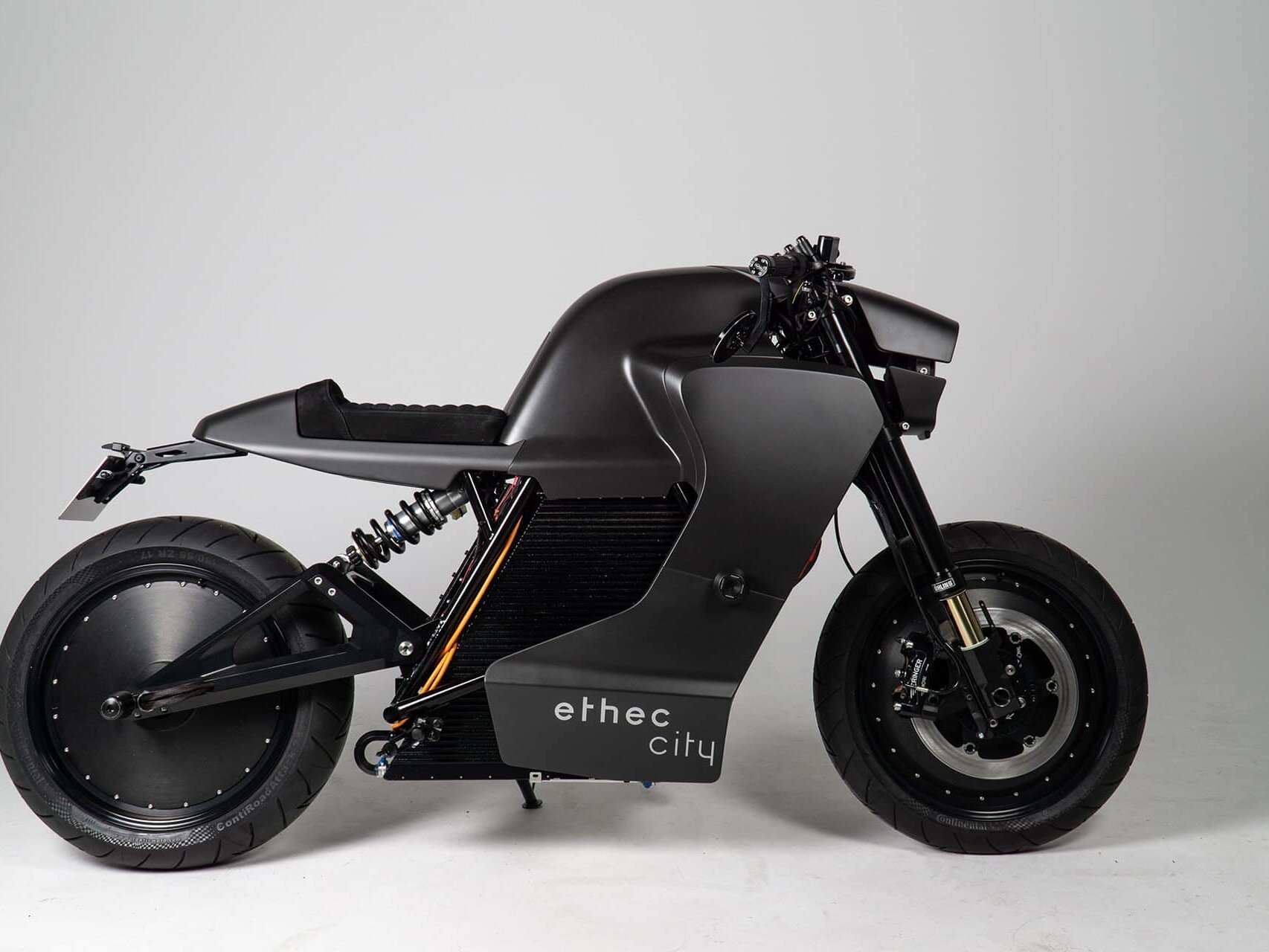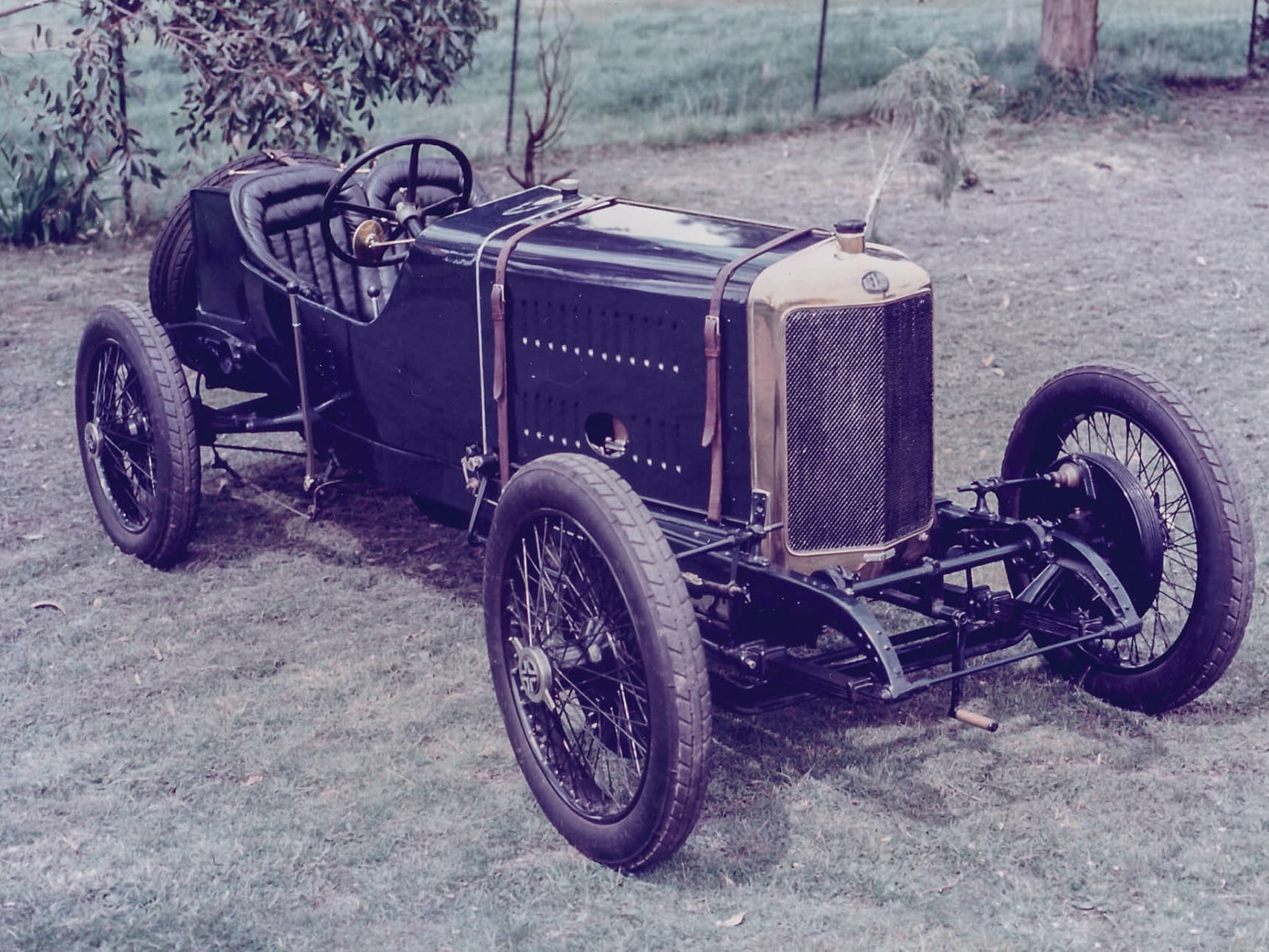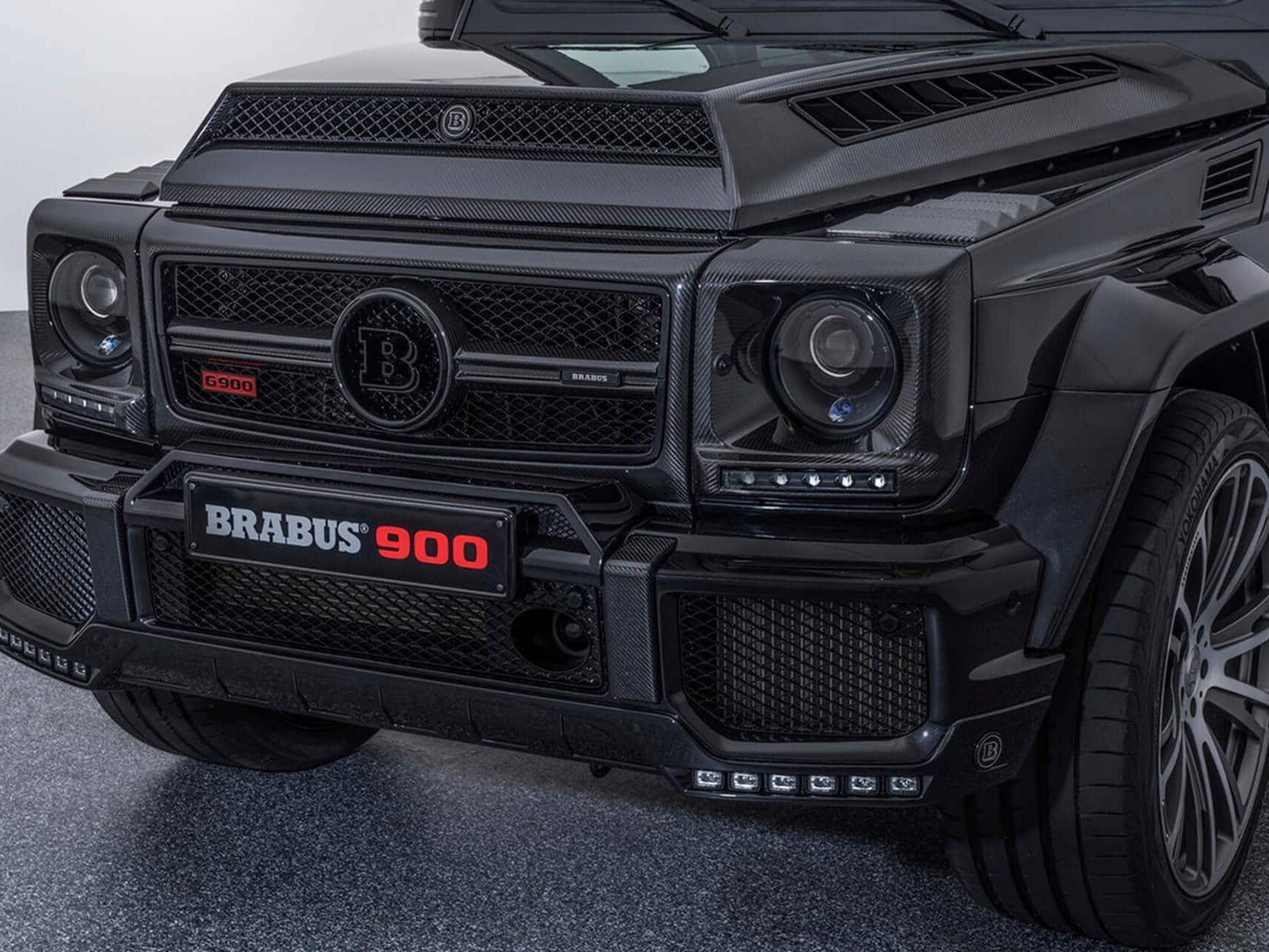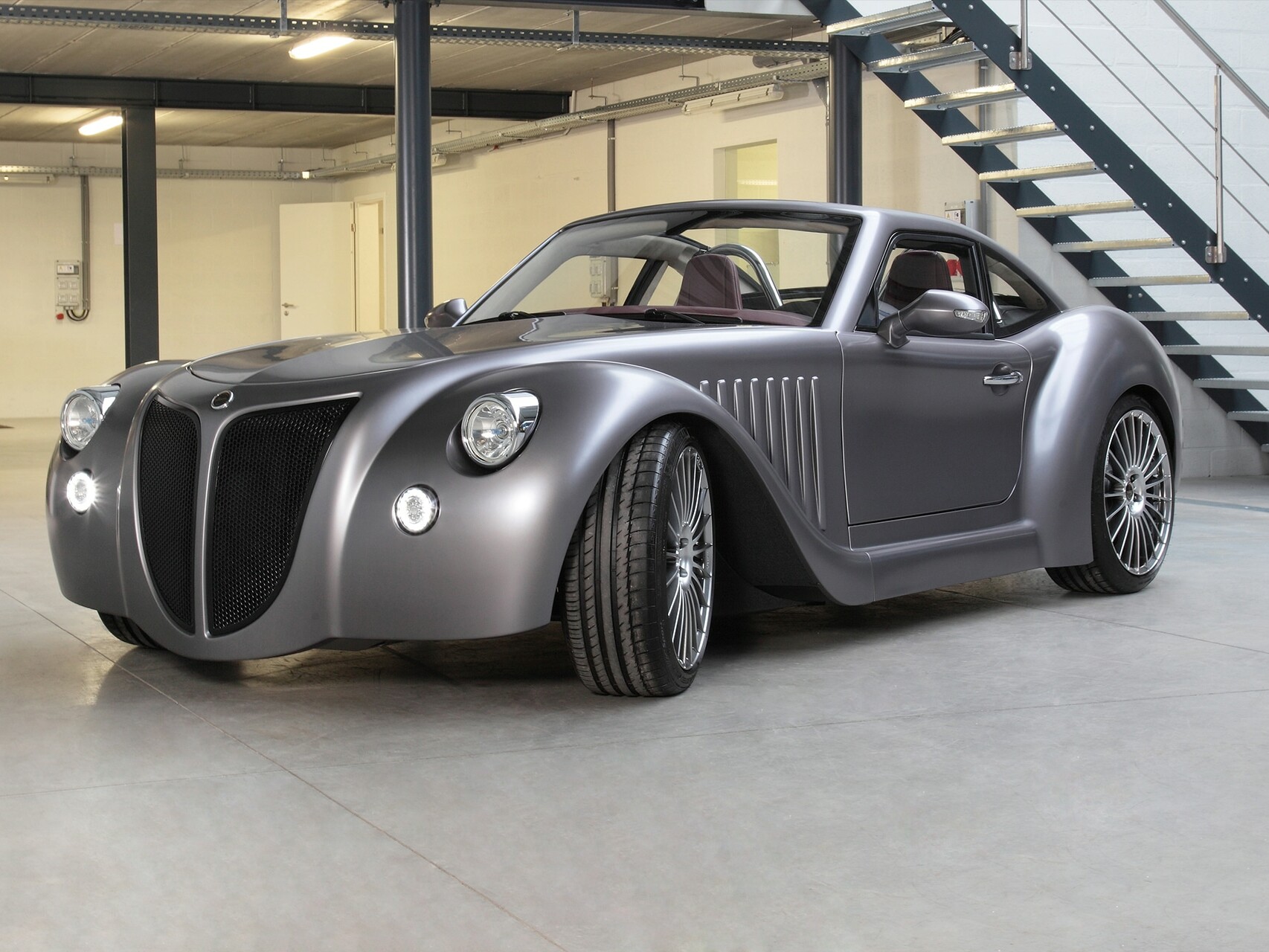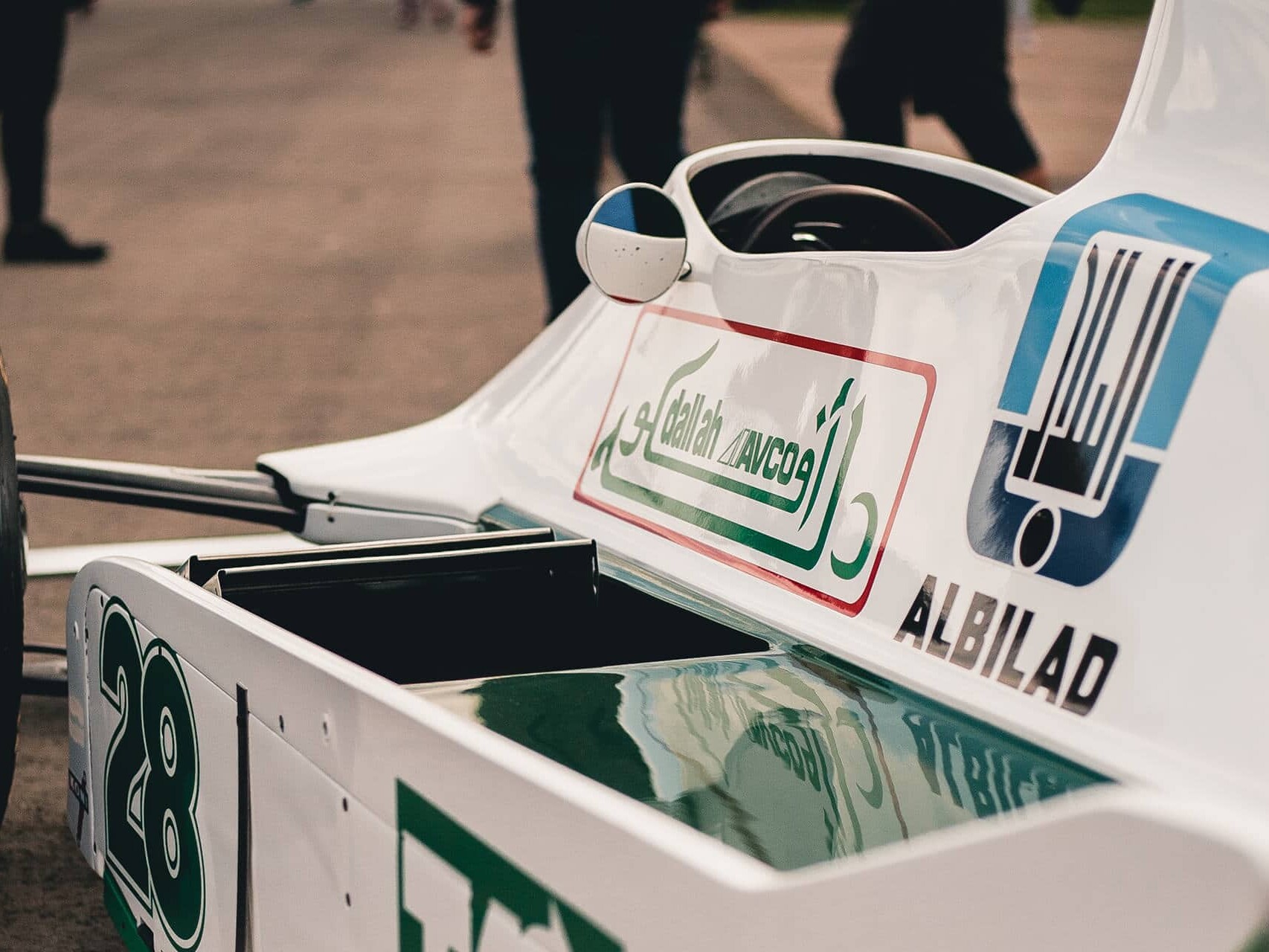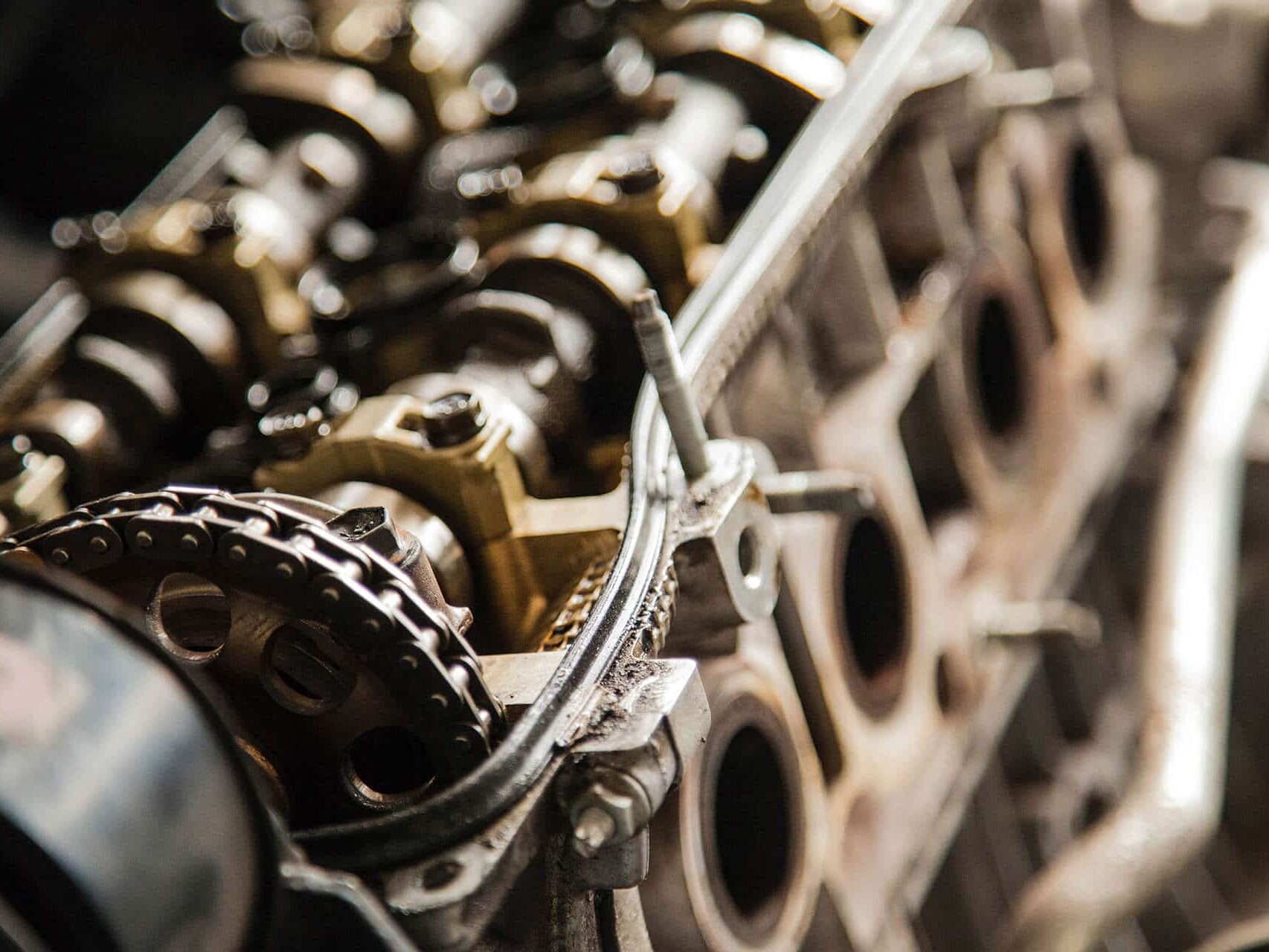- Home
- Case Studies
- Automotive
- Electric motor housing from the 3D printer
Industrial 3D printing accelerates electric car industry
voxeljet 3D printing technology for production cast parts for electric-mobility. As key suppliers of the car industry, many foundries are under threat due to the current growth in e-mobility.
The reason is, that the demand for castings for an electrically powered vehicle is significantly lower than for a conventional combustion engine.
But voxeljet, the experts in industrial 3D printing, researched the application of 3D printed sand molds and metal casting for an electric vehicle in China. With this case study, the innovative Research and Development department of the Asia-Pacific Division, led by Jin Tianshi, Managing Director voxeljet China, has gathered important information from major clients regarding their experiences in the field of industrial 3D printing for sand molds and the production of cast parts for electric mobility.
To improve the performance of their electric engines, the customer of the Chinese foundry MeiMai Fastcast Suzhou Co. Ltd turned to voxeljet. The mission: The first generation of their electrical engine did not meet the demands of various passenger cars.
A research engineer from MeiMai Suzhou: “We had to make major improvements very quickly and therefore had to test numerous variants of the e-motor housing. Using conventional molding methods, the development of the new housing would have been extremely time-consuming. Thankfully we came across voxeljet’s Binder Jetting 3D printing process for the tool less production of casting molds.”
voxeljet 3D printing to increase flexibility and save time
“Increasing design flexibility and saving time were the critical factors, that made MeiMai Suzhou approach us,” recalls Tianshi from voxeljet. “Because the conventional process for manufacturing housing parts for prototypes of electric car motors simply took too long.” By utilizing 3D printing, MeiMai Suzhou was able to complete the project before the set deadline. The whole project involved the manufacture and testing of various design iterations, the complete collection of data on the different components. Using conventional molding processes, the project would have taken up to two months. With additive manufacturing, the team of MeiMai Suzhou was able to complete the project within just three weeks.
Thanks to 3D printing, e-mobility is a real opportunity for foundries!
JinTianshi, Managing Directorvoxeljet China
Cost efficiency, wast reduction, lower risk in mold revisions
Another advantage of the 3D printing process, besides the rapid production of the molds, was the cost efficiency for small batches.
Since the 3D printing process doesn’t require any tools, small batches can be produced with a dramatic cost-benefit. In addition to this, voxeljet’s high-precision industrial 3D printing systems ensure very low waste or scrapping rates, because when using conventional methods and a tool for molding, any changes on the prototype would require a hands-on revision of the tool or a completely new one. With 3D printing, any changes can be carried out digitally and a new test mold can be printed and casted.
The post-production of various types of motors can be carried out much quicker and therefore shortens the product development cycle dramatically. For example, both type A and type B can be installed and tested at the same time, and then the higher performance or more efficient version can be selected for mass production.
Lichi Wu, ProjektmanagerMeiMai Fastcast Suzhou Co. LTD
voxeljet 3D printing allows for part optimization
In addition to the rapid realization of the engine parts, MeiMai Suzhou was able to improve its motor performance by intelligently optimizing the designs. “The durability of the components can also be influenced. As a next step in the housing development, we will also tackle weight reduction through topology adjustments such as the position and height of the outer reinforcing ribs,” says Tianshi happily. “Thanks to 3D printing, e-mobility is a real opportunity for foundries!”
Further Case Studies
3D printing for optimized electric motors
Aiona Cast has filed a patent application to significantly optimize electric motors. The company produced a prototype using 3D printing.
Printed Castings – Optimized housing lets E-Motorcycle Batteries live longer
By using innovative technologies such as 3D printing, the prototype could soon go into series production.
Reverse engineering of a racing engine block
The Binder Jetting technology keeps a classic car on the road
Engine optimization with 3D printing
Vehicle technology manufacturer Lütgemeier increases flexibility and productivity using the voxeljet VX1000 3D printing system in order to supply the high-performance car tuning company Brabus
3D Printing in Reverse Engineering
In the oldtimer sector, more and more spare parts are being manufactured without tools using modern measuring technology in combination with 3D printing.
3D printing and its applications for racing
3D printing provides racing with the ability to quickly complete innovation cycles.
3D Printing and Motor Manufacturing
Additive manufacturing shortens product time in engine construction and offers faster innovation cycles for individual motor components.
3D Printing Solutions
Want to learn more about us and 3D printing? Click here for the entire voxeljet solution portfolio.



















